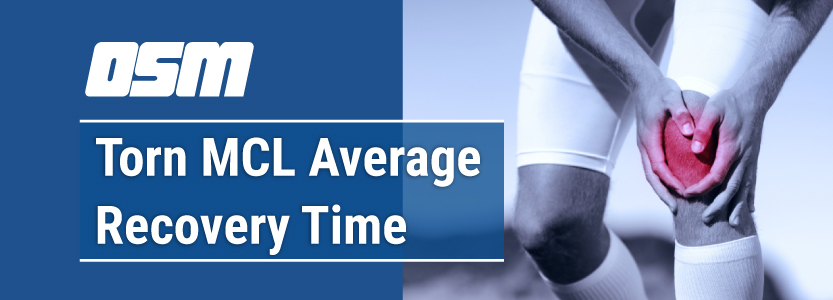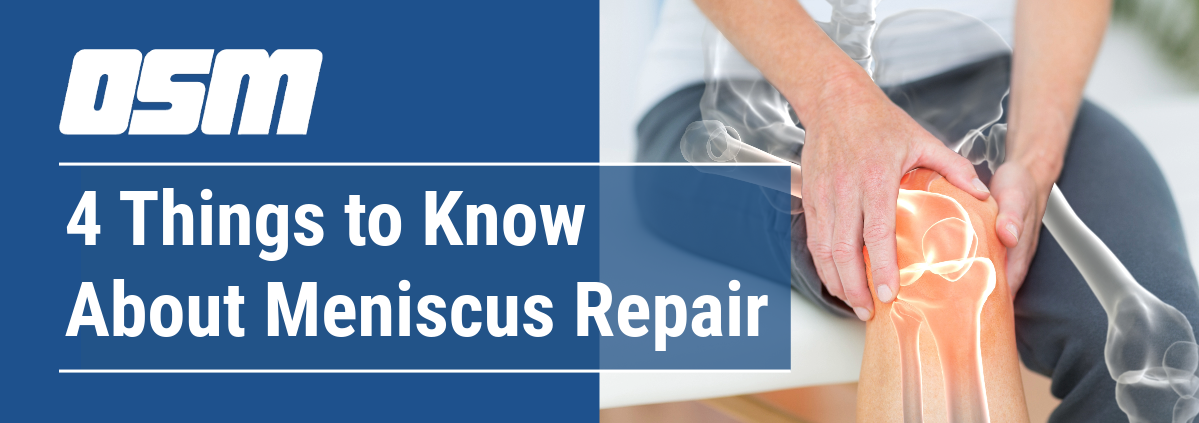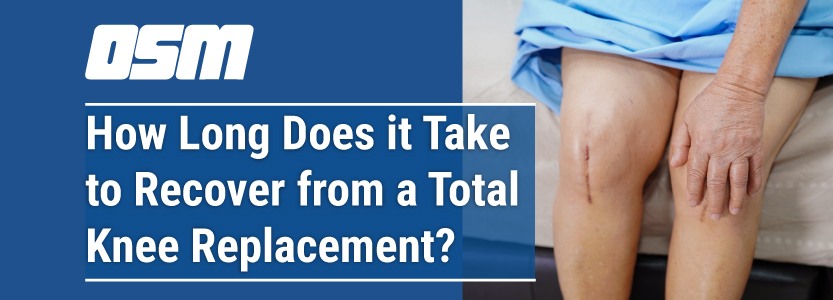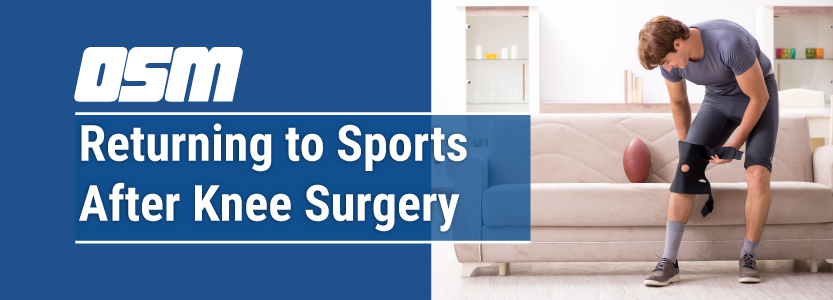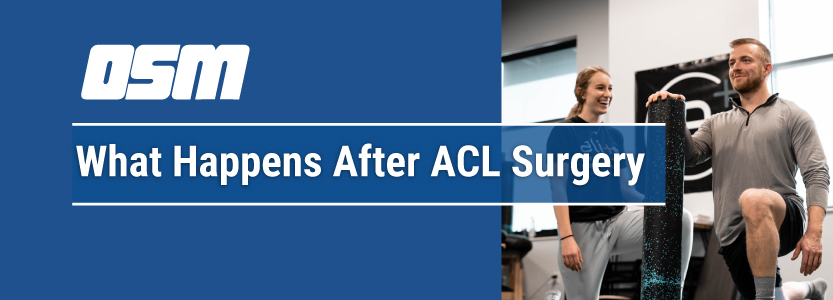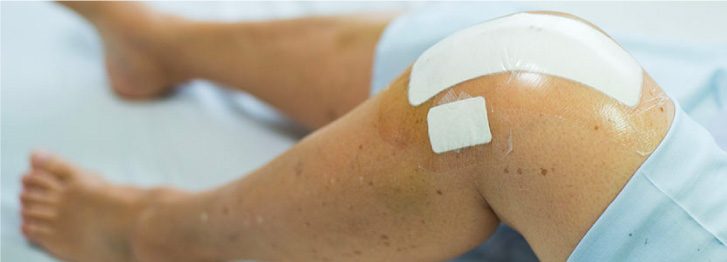Article featured on Arkansas Surgical Hospital
If your doctor has suggested total knee replacement surgery, it’s crucial to know what to expect after the procedure. Recovery from a total knee replacement surgery takes about three months and depends on how well you follow your surgeon’s instructions. Understanding the timeline will help you prepare for the downtime you’ll need while your knee takes time to heal and rebuild strength.
Understanding Total Knee Replacement Surgery
Knee replacement surgery is usually suggested when you experience severe, unrelenting pain that hasn’t been alleviated by other means. If there is loss of motion, a lot of grinding in the joint, or misalignment of the knee, a knee replacement can help.
What to Expect After Total Knee Replacement Surgery
Recovering from a knee replacement is a lengthy but worthwhile process. Here’s what to expect when you recover from your knee surgery at Arkansas Surgical Hospital.
The Day of Surgery
After your knee replacement is complete, you’ll be taken to the post-anesthesia care unit, where a nurse will carefully monitor your vital signs and incision. When your pulse, blood pressure, and breathing rate are normal, you’ll be transferred to your private suite in our patient care unit. In most cases, you’ll stay overnight. You’ll be given pain medication to keep you comfortable after your surgery.
Postoperative Care
You will meet with a physical therapist on the day of or the day after your total knee replacement. Your therapist will develop an exercise regimen to help you with mobility, which will start as soon as possible after surgery to prevent stiffening of the knee joint.
While you’re in the hospital, your physical therapist will take you through various exercises designed to strengthen and stabilize the knee. By the time you leave the hospital, you should be walking independently with an assisted device. Most patients discharge home from the hospital after 1-2 nights. Your surgeon will decide which is appropriate for you.
The First Six Weeks
Before you return home, make sure you have safety features installed. These may include a shower seat in the tub or shower, grab bars where needed, and other mobility aids recommended by your surgeon or physical therapist.
During the first six weeks at home following a total knee replacement surgery, the focus is on healing. You may take over-the-counter medications for pain, which your doctor can recommend.
Eat lots of iron-rich foods to promote healing and keep your strength up. At the six-week point after your surgery, you should be able to stand, sit, walk, and use the stairs unaided.
Returning to Work & Activities
Most patients can return to work after six to eight weeks. If your job involves manual labor or long stretches of time spent walking and standing, it may take you longer to return to full-time work. Your doctor can advise you on when you’re ready. It’s essential to pace yourself and not put too much stress on your knee joint before it’s strong enough to handle the load.
Exercise is vital for proper recovery from total knee replacement surgery. During the first several weeks after your procedure, walking and gentle exercises may be appropriate in addition to your physical therapy. Sports, jogging, and other high-impact activities need to be postponed until about two to three months after your surgery to give your joint time to heal and strengthen. Avoid lifting anything over 40 pounds during the first three months after your total knee replacement surgery.
Getting Back to Normal
Your body and your knee joint will continue to gain strength for several months after your surgery. There shouldn’t be any pain after the first four months. If you continue to feel pain, be sure to talk to your surgeon.
If you’ve participated in activities that are hard on your knees in the past, talk to your doctor about how to return to jogging, skiing, and other activities while protecting your new knee implant. There may be some activities that aren’t advisable.
Most patients fully recover within six months to a year of total knee replacement surgery. While this may seem like a long time, the knee replacement itself can last as long as 15-20 years, giving you many years of comfort and mobility.
The Orthopedic & Sports Medicine Center of Oregon is an award-winning, board-certified orthopedic group located in downtown Portland Oregon. We utilize both surgical and nonsurgical means to treat musculoskeletal trauma, spine diseases, sports injuries, degenerative diseases, infections, tumors and congenital disorders.
Our mission is to return our patients back to pain-free mobility and full strength as quickly and painlessly as possible using both surgical and non-surgical orthopedic procedures.
Our expert physicians provide leading-edge, comprehensive care in the diagnosis and treatment of orthopedic conditions, including total joint replacement and sports medicine. We apply the latest state-of-the-art techniques in order to return our patients to their active lifestyle.
If you’re looking for compassionate, expert orthopedic surgeons in Portland Oregon, contact OSM today.
Phone:
503-224-8399
Address
1515 NW 18th Ave, 3rd Floor
Portland, OR 97209
Hours
Monday–Friday
8:00am – 4:30pm

